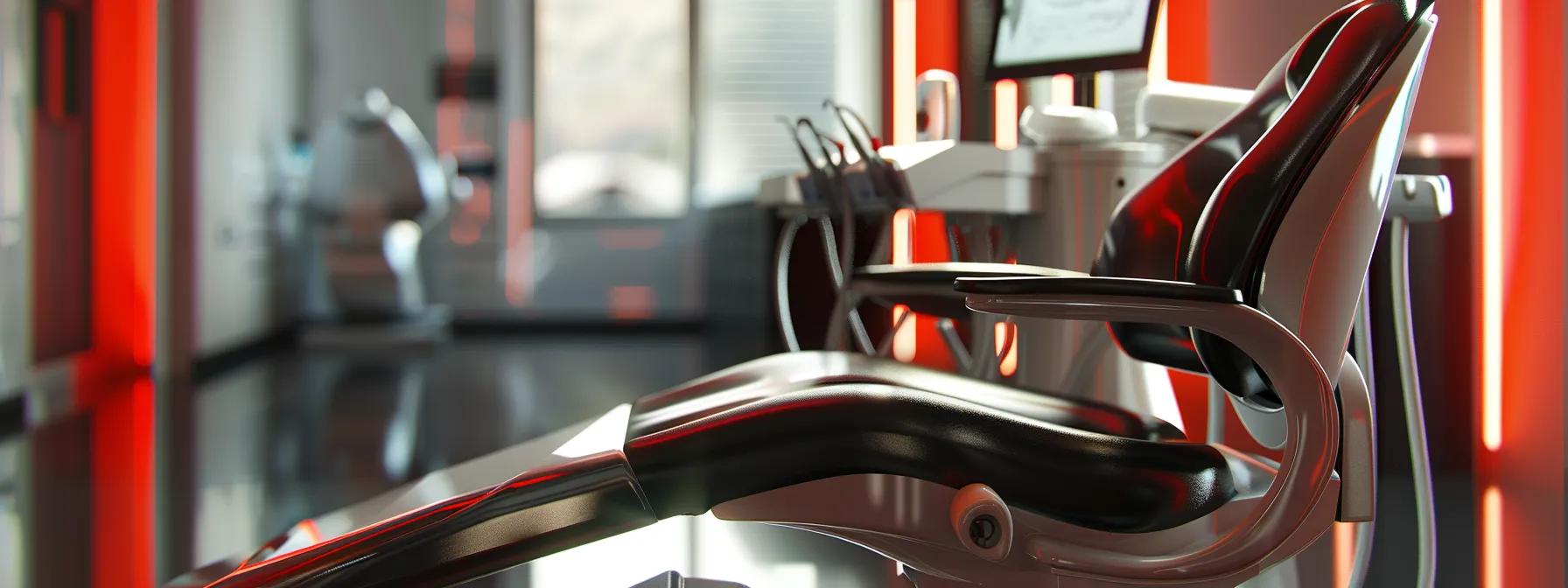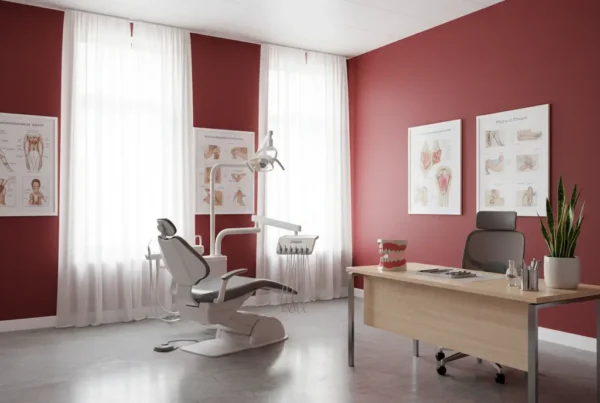Jaw injuries are a significant factor in the development of temporomandibular joint (TMJ) disorders. The relationship between trauma and TMJ dysfunction is well-documented—whether it’s a direct blow to the jaw, whiplash from an accident, or even repetitive microtraumas from everyday habits. Understanding how these injuries affect the joint is key to preventing long-term damage and seeking early treatment.
Many people may not realize that even a seemingly minor incident involving the jaw can lead to chronic issues if left unchecked. Symptoms like pain, clicking, limited motion, and headaches may develop slowly and become more severe over time. Prompt attention and targeted care can make all the difference in recovery.
This article explores the mechanisms through which jaw injuries lead to TMJ disorders, how they present clinically, and what treatment and prevention strategies can offer relief. Whether you’ve experienced a recent jaw injury or are struggling with ongoing symptoms, this guide offers a comprehensive roadmap to healing.
Understanding the Link Between Trauma and TMJ Dysfunction
Direct Trauma and Acute Damage
Trauma to the jaw can trigger a cascade of effects in the temporomandibular joint, a complex system of bones, muscles, and ligaments that controls movement in the jaw. Any disruption to this system—whether through direct or indirect injury—can compromise function.
Direct trauma, such as a punch, fall, or sports-related impact, can fracture or dislocate the jaw. These injuries often lead to immediate symptoms such as intense pain, restricted movement, and swelling. In severe cases, surgery may be needed to realign the joint.
Even when bones remain intact, the force of a direct impact can strain or tear soft tissues around the joint. This results in inflammation, muscle spasms, and joint instability, which can persist long after the initial injury.
Indirect Trauma: Whiplash and Overextension
Not all TMJ-related injuries stem from direct hits. Whiplash—commonly associated with car accidents—can also lead to TMJ dysfunction. The sudden jerking motion can stretch or damage the supportive ligaments and muscles surrounding the jaw.
Patients with whiplash-related TMJ disorders often report delayed symptoms such as headaches, ear pain, or jaw stiffness. These cases may require physical therapy or other conservative interventions to restore normal function.
Overextensions of the jaw, commonly from dental procedures or excessive yawning, may also contribute to TMJ strain. These movements can stretch the ligaments and misalign the disc, especially when repeated over time.
Microtrauma and Repetitive Strain
Chronic clenching, teeth grinding (bruxism), nail-biting, or prolonged mouth opening during dental procedures can place ongoing stress on the TMJ. Over time, this repetitive strain can erode cartilage, misalign the jaw, or cause disc displacement.
These forms of microtrauma may go unnoticed for months or even years, until the accumulated damage begins to interfere with daily activities. Recognizing and modifying these behaviors early is a critical component of prevention.
Using a custom nightguard or splint can provide protection and allow the joint to heal. Stress management and behavioral therapies can also play a key role in reducing tension-related jaw strain.
Clinical Presentation: How TMJ Disorders Manifest After Injury
Immediate vs. Delayed Symptoms
TMJ disorders present a wide range of symptoms, many of which can be traced back to past trauma. Understanding what to look for can prompt earlier intervention.
Following a jaw injury, some patients may experience immediate symptoms such as severe pain, facial bruising, or difficulty opening the mouth. These acute presentations often indicate structural damage and require urgent care.
Other individuals may not feel pain right away. Instead, they might notice a gradual development of headaches, earaches, neck pain, or jaw clicking over time. These delayed symptoms are just as serious and should not be ignored.
Functional Limitations
TMJ disorders can interfere with basic functions like eating, speaking, or yawning. Patients may report pain while chewing, fatigue in the jaw muscles, or even a locked jaw that prevents full movement.
Subtle signs—like shifting bite alignment or tooth wear—can also indicate underlying dysfunction. These changes are often first noticed by dentists during routine exams and can be an early warning sign.
Paying attention to seemingly minor discomforts and reporting them during dental visits can make a significant difference in early detection.
Diagnostic Imaging and Evaluation
For a definitive diagnosis, advanced imaging such as MRI or CBCT (cone beam computed tomography) is often required. These tools allow clinicians to assess joint alignment, disc position, and inflammation in detail.
Physical exams and patient history are equally important. A provider will evaluate jaw movement, palpate muscles for tenderness, and ask about past trauma. This comprehensive approach ensures that no contributing factor is overlooked.
Accurate diagnosis is essential for developing a targeted treatment plan that addresses both the symptoms and root cause.

Treatment Options for Trauma-Induced TMJ Disorders
Conservative Management
Once a diagnosis is made, treatment can be customized based on the severity and cause of the TMJ disorder. Most patients benefit from a stepwise approach that begins with conservative care.
Initial treatment often includes rest, anti-inflammatory medications, and thermal therapy (ice or heat). These strategies help reduce pain and inflammation during the acute phase of injury.
Custom-made oral appliances, such as night guards or splints, can protect the joint from further damage and promote healing. These devices are especially useful in managing bruxism and correcting bite misalignment.
Physical Therapy and Muscle Retraining
Many TMJ disorders respond well to physical therapy, which focuses on restoring joint mobility and strengthening the surrounding muscles. Techniques may include jaw exercises, posture correction, massage, or ultrasound therapy.
Biofeedback and relaxation techniques are also helpful, particularly when stress contributes to clenching or grinding. A multidisciplinary approach often yields the best outcomes.
Combining these therapies helps reduce pain while addressing the mechanical dysfunction that led to the disorder.
Advanced and Surgical Interventions
For patients with severe joint damage or persistent symptoms despite conservative care, more advanced treatments may be required. These include corticosteroid injections, arthrocentesis (joint lavage), or in rare cases, TMJ surgery.
Surgical options are typically reserved for structural abnormalities that cannot be resolved otherwise. Your specialist will carefully weigh the risks and benefits before recommending surgery.
With careful planning and experienced care, surgical intervention can provide relief and restore function when other methods fall short.
Preventing Jaw Injuries and TMJ Flare-Ups
Everyday Precautions
Prevention is key in reducing the risk of TMJ disorders, particularly for individuals at higher risk due to their lifestyle or medical history.
Protecting the jaw during sports or high-risk activities with a custom mouthguard is an effective first step. Avoiding hard or chewy foods, gum, and habits like nail-biting also reduces strain on the joint.
Maintaining proper posture—especially when using computers or smartphones—prevents neck and jaw tension that can lead to TMJ flare-ups. Be mindful of how you hold your head throughout the day.
Stress Management
Because stress often triggers clenching or grinding, stress reduction techniques are a critical part of TMJ prevention. Regular exercise, mindfulness meditation, and adequate sleep support overall muscle relaxation.
Patients should also be aware of jaw tension during the day. Keeping the tongue on the roof of the mouth, teeth slightly apart, and lips closed is known as the “freeway space” position—and helps reduce unconscious clenching.
When practiced consistently, these small changes can significantly reduce the frequency and intensity of TMJ symptoms.
Early Intervention
At the first sign of jaw discomfort—especially after an accident or prolonged dental visit—patients should seek evaluation. Early intervention can prevent minor issues from escalating into chronic conditions.
Dentists trained in TMJ disorders can offer advice, imaging, and early treatment plans. Delaying care often leads to longer, more complicated recovery processes.
Timely diagnosis and action can help patients return to comfort more quickly and prevent long-term damage.
Conclusion
Jaw injuries are a common but often underestimated cause of TMJ disorders. From sports impacts and car accidents to stress and overuse, trauma can disrupt the delicate function of the temporomandibular joint—leading to pain, dysfunction, and a host of related symptoms.
Early recognition and proactive care are the most effective ways to prevent lasting damage. Whether you’re dealing with acute symptoms or suspect that past injuries may be catching up to you, the path to recovery begins with a proper diagnosis and a plan tailored to your unique needs.
At our practice, we specialize in the identification, treatment, and prevention of trauma-induced TMJ disorders. Through personalized care and evidence-based therapies, we help patients reclaim comfort, function, and peace of mind.
Book Your Consultation Today!
Dr. Bethaney B. Brenner DMD
8 Milford St, Burlington, CT 06013
FAQs
Can a mild jaw injury really cause TMJ issues?
Yes. Even minor trauma—especially if repetitive—can strain the TMJ over time. It’s best to monitor symptoms and consult a professional if discomfort persists.
How long does it take to recover from a TMJ disorder caused by injury?
Recovery time varies based on the severity of the injury and the treatment plan. Mild cases may resolve within weeks, while more complex conditions could take months of coordinated care.
Is surgery always required for trauma-related TMJ problems?
Not at all. Most patients improve with conservative treatments like splints, therapy, and stress management. Surgery is typically reserved for cases involving severe joint damage.





